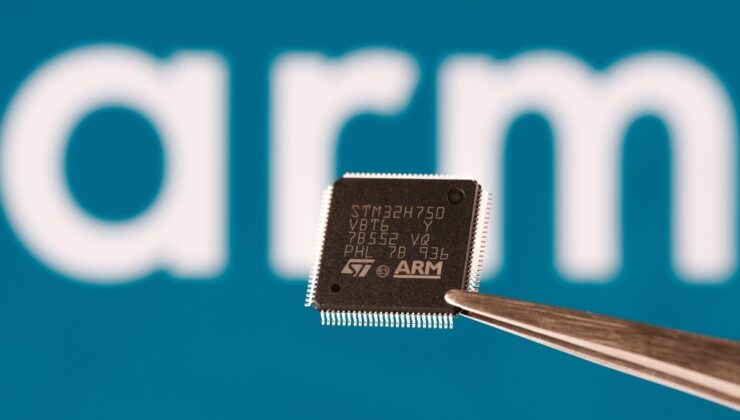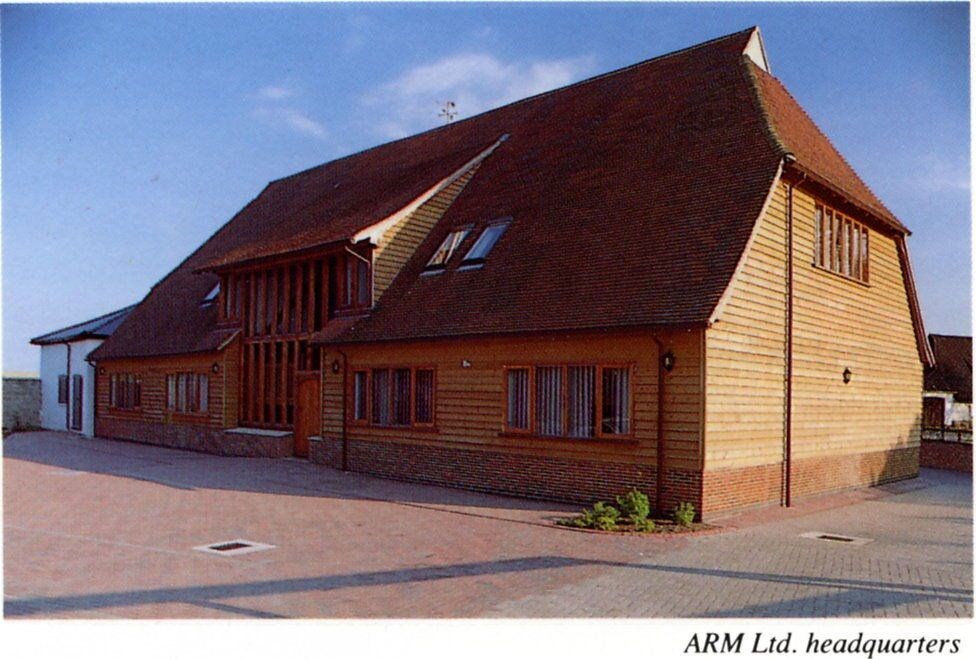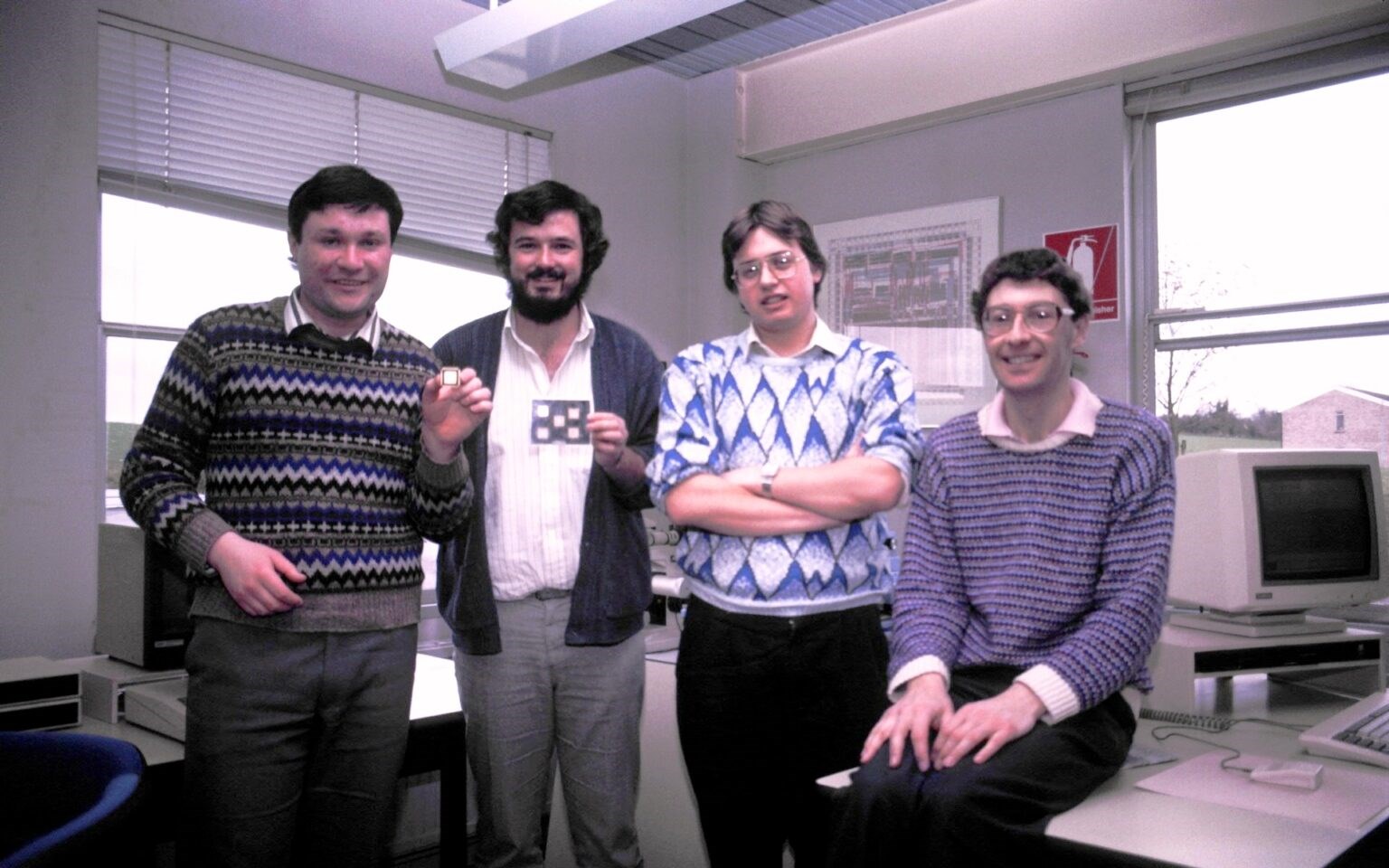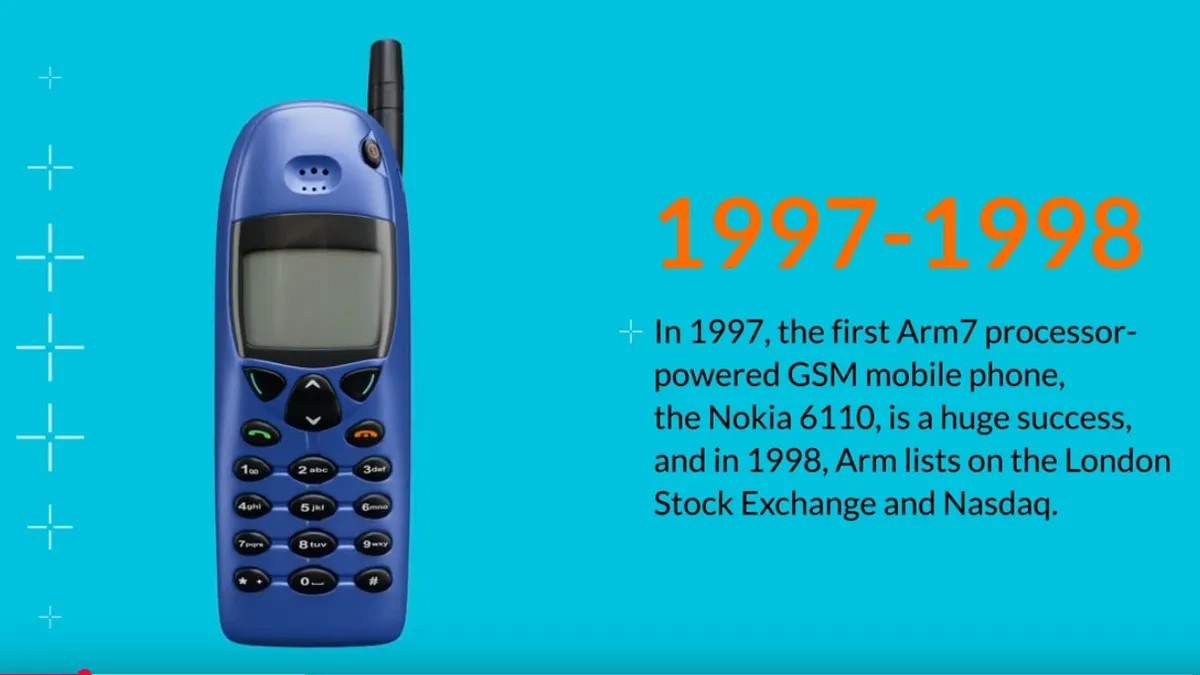

In 1978, Chris Curry and Hermann Hauser launched Acorn Computers, a modest startup based in Cambridge, England. The company quickly gained prominence by securing a government contract to create the BBC Micro, a computer that would become a staple in UK classrooms. This initiative laid the groundwork for the development of the Arm architecture, which has, over the years, become a cornerstone of modern computing, powering everything from smartphones to advanced data centers.

In the early 1980s, engineers Sophie Wilson and Steve Furber undertook the ambitious task of designing a 32-bit processor. Despite having limited resources, they succeeded in creating the ARM1 processor in 1985, employing only 25,000 transistors within a 3-micron (3000 nanometer) technology. This architecture was not only fast but also remarkably power-efficient.

The low power consumption that Arm became known for was largely born out of necessity. Acorn could not afford costly ceramic chip packaging, so their processor had to be efficient enough to function within a more affordable plastic casing. Lacking tools to accurately predict power usage, engineers designed the processor with a safety margin, inadvertently setting the stage for Arm’s signature energy-efficient designs. This approach was rooted in RISC (Reduced Instruction Set Computing), which emphasized simplicity and speed over the complex instruction sets prevalent at the time.

After facing financial difficulties, Acorn was restructured as Advanced RISC Machines (ARM) in 1990, a joint venture involving Acorn, Apple, and VLSI Technology. One of ARM’s early triumphs was its integration into the Apple Newton, among the first commercial devices utilizing the Arm architecture. Although the Newton saw limited commercial success, it was pivotal in paving the way for Arm’s international expansion.

The Nokia 6110 marked a significant turning point as the first phone powered by Arm architecture. Featuring the Arm7TDMI processor, it emerged as one of the top-selling mobile devices of the era, cementing Arm’s reputation in the mobile technology sector. Following this success, Arm architecture became the industry standard for mobile, embedded systems, IoT, and edge devices. Its influence is now extending into cloud and data center solutions.
Today, Arm technology is licensed by numerous companies, with over 250 billion Arm cores shipped to date. The architecture’s reach continues to expand, with billions more cores expected to be deployed in the coming years, underscoring its critical role in the future of computing.
SİGORTA
2 gün önceSİGORTA
6 gün önceSİGORTA
7 gün önceSİGORTA
8 gün önceSİGORTA
9 gün önceSİGORTA
10 gün önceSİGORTA
10 gün önceSİGORTA
13 gün önceSİGORTA
14 gün önceBES / HAYAT
14 gün önce 1
DJI Mini 5: A Leap Forward in Drone Technology
18321 kez okundu
1
DJI Mini 5: A Leap Forward in Drone Technology
18321 kez okundu
 2
xAI’s Grok Chatbot Introduces Memory Feature to Rival ChatGPT and Google Gemini
13916 kez okundu
2
xAI’s Grok Chatbot Introduces Memory Feature to Rival ChatGPT and Google Gemini
13916 kez okundu
 3
7 Essential Foods for Optimal Brain Health
12837 kez okundu
3
7 Essential Foods for Optimal Brain Health
12837 kez okundu
 4
Elon Musk’s Father: “Admiring Putin is Only Natural”
12679 kez okundu
4
Elon Musk’s Father: “Admiring Putin is Only Natural”
12679 kez okundu
 5
Minnesota’s Proposed Lifeline Auto Insurance Program
10587 kez okundu
5
Minnesota’s Proposed Lifeline Auto Insurance Program
10587 kez okundu
Veri politikasındaki amaçlarla sınırlı ve mevzuata uygun şekilde çerez konumlandırmaktayız. Detaylar için veri politikamızı inceleyebilirsiniz.
Sigorta Güncel Sigorta Şikayet Güvence Haber Hasar Onarım Insurance News Ajans Sigorta Sigorta Kampanya Sigorta Ajansı Sigorta Sondakika Insurance News